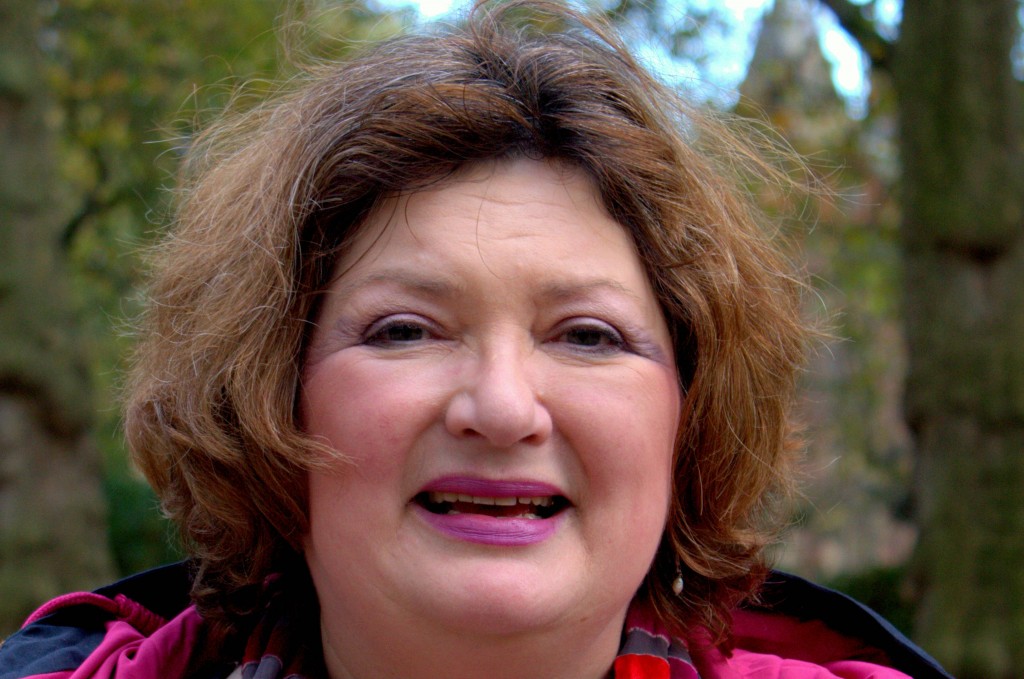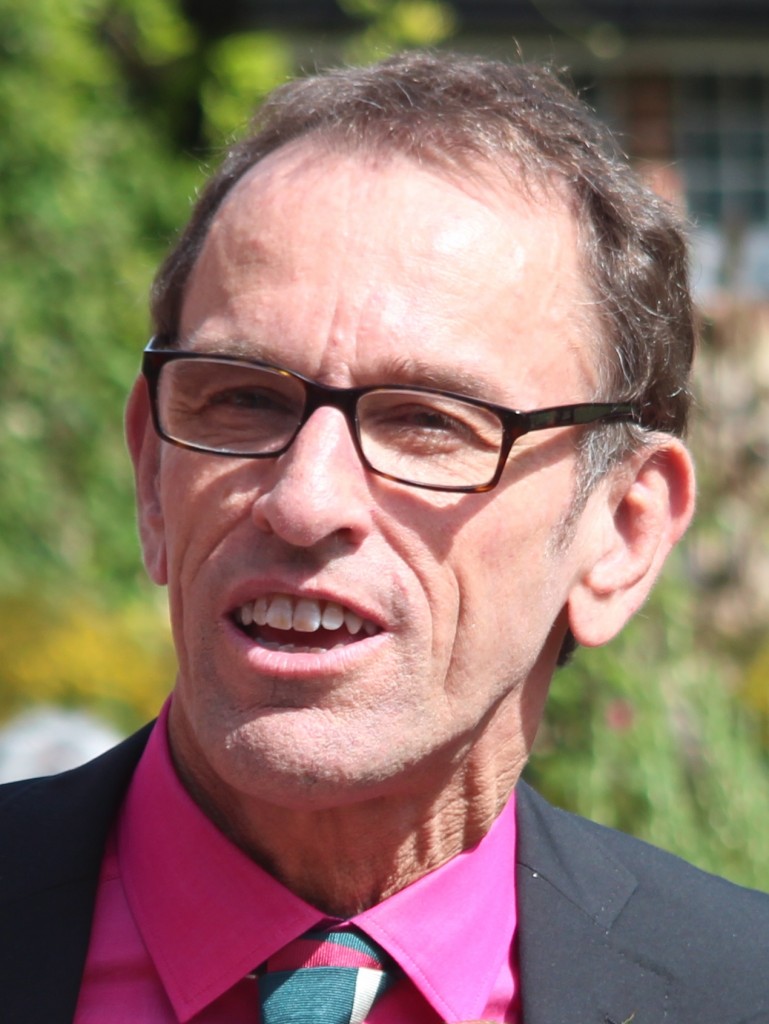 Jo Moriarty and Martin Stevens are Senior Research Fellows at the Social Care Workforce Research Unit. (1,192 words)
Jo Moriarty and Martin Stevens are Senior Research Fellows at the Social Care Workforce Research Unit. (1,192 words)
People often talk about the absence of a social care evidence base, but ‘patchy’ is a far better description. Until we ar e more explicit about this, it will be difficult to make progress in achieving evidence based policy and practice. We took part in two Meet the Researcher sessions at an event jointly organised by Research in Practice for Adults (RIPfA), the British Association of Social Workers (BASW) and the Association of Directors of Adult Social Services (ADASS). They were part of a day-long seminar designed to bring Directors and Assistant Directors of Adult Social Care and researchers together to discuss current and future adult social care research.
e more explicit about this, it will be difficult to make progress in achieving evidence based policy and practice. We took part in two Meet the Researcher sessions at an event jointly organised by Research in Practice for Adults (RIPfA), the British Association of Social Workers (BASW) and the Association of Directors of Adult Social Services (ADASS). They were part of a day-long seminar designed to bring Directors and Assistant Directors of Adult Social Care and researchers together to discuss current and future adult social care research.
‘If it ain’t broke, don’t fix it?’ What’s broken in social work reform and do we know how to fix it?
Jo Moriarty writes: Social work reform has proved to be among the most contentious topics in social care in England with some arguing that further changes are needed while others suggest that they risk destabilising a workforce in which recruitment and retention problems are thought to be endemic.
Over the past decade, the evidence base about the effectiveness of social work qualifying programmes and the skills that newly qualified social workers possess has grown considerably following substantial investment in research on this subject. We know that the progression from social work student to skilled practitioner is not linear and that analytical and decision making skills take longer to develop than could be achieved in even the best qualifying programme. The missing piece in this jigsaw puzzle is data about continuing professional development once the Assessed and Supported Year in Employment (ASYE) has been completed. Newly qualified social workers only comprise a minority of the social work workforce. Any social work reform strategy must also consider the knowledge and skills of those who qualified before the ASYE was introduced to support them in working as effectively as possible in situations that require the ability to make complex decisions about safeguarding, risk, and capacity.
In the same way, we could think more about the impact of organisational values and culture. All adult social care departments are battling against increased caseloads and reduced funding, but do supportive work environments have better retention rates than those who do not?
Retention is one of the core aspects by which we must measure success. Otherwise we will plough more and more resources into social work qualifying education when better savings might be achieved by reducing the proportion of those who experience serious levels of work related stress and/or choose to leave the profession. Recently we have been working with colleagues in Chinara Enterprises on the greatly neglected subject of Returning to Social Work. We hope to publish on this initiative soon.
Safeguarding Adults
Martin Stevens writes: Adult safeguarding has become one of the main areas for social work, in a context of reducing other forms of social work input for adults. However, there has been some ambiguity in terminology. Abuse and neglect are clearly within the remit, but whether other kinds of harm, including that arising from individuals’ (who have capacity) choices should be covered is more contested. Such questions involve differing interpretations of autonomy, particularly where there are concerns about coercion. Birks and Aspinal (2016) undertook a ‘scoping review’ examining understandings of safeguarding, safety and risk. They concluded that ‘safeguarding in health appears to centre on abuse and neglect, while in social care the wider understanding of keeping people safe appears to be held’.
Safeguarding has been organised in different ways in local authorities (LAs) in England. In our review of the evidence undertaken for a School for Social Care Research funded study, Models of Safeguarding (reviewed in this Social Care Elf blog), we (Graham et al. 2016) reported that the organisation of safeguarding varied on these dimensions:
- Degree of specialism: whether all social workers or only specialists undertook safeguarding enquiries or chaired case conferences?
- Decision making: where and how are decisions about safeguarding made?
- Thresholds: how have LAs defined ‘significant harm’?
- Multi-agency working: how is this organised, whether to develop a local Multi-Agency Safeguarding Hub (See this government report from 2014)?
Our Models of Safeguarding research found that the particular model of organisation chosen was associated with the proportions of substantiated referrals. Alleged abuse in safeguarding referrals to Dispersed Specialist sites (in which specialist safeguarding social workers were placed in local teams) were more likely to be substantiated compared with sites operating other models. Having specialist safeguarding leads in mainstream teams may facilitate better working relationships with other social workers and agencies. However, substantiating abuse may not lead to better quality of life necessarily. Some have argued that personalisation (which aims to increase choice and control) is in tension with safeguarding, which highlights a duty of care for LAs and professionals to protect individuals from harm. However, our research exploring the impact of personalisation on safeguarding referrals (Stevens et al. 2015) found no evidence of differences in safeguarding referrals between those with Personal Budgets or Direct Payments and those with care management.
Making Safeguarding Personal is a major ‘sector led initiative’ aimed at reconciling these two key policy goals. The project has been developing an approach focusing on enabling people to make informed choices to ensure their own safety and concentrating on outcomes as defined by adults at risk and their families. In the recent report on progress (‘Temperature check’), ADASS reported that almost all authorities are implementing the Making Safeguarding Personal approach, although most are at an early stage. As yet, there has not been research of the outcomes of the Making Safeguarding Personal approach from the perspectives of people who have been harmed. However, several local authorities have begun to collect evidence of what a MSP approach can do (see Butler and Manthorpe 2016).
Indeed, there is little research on outcomes of safeguarding, partly because of confusions about the aims and focus but also because of the difficulty of identifying what good outcomes would be. Norrie et al. (2016) undertook one of the biggest studies of safeguarding outcomes to date, as part of piloting an outcomes measure for safeguarding, which has been influencing data collection in many local authorities. In the pilot, 72% of participants felt that the help received during the safeguarding investigation had made them or the adult at risk (if reporting as a proxy) feel ‘quite a bit’ or ‘a lot safer’.
In conclusion, the event highlighted that there is evidence to support many aspects of social work and social care practice. Much of this was captured in our report on the effectiveness of social work with adults, published last year with a foreword from the Chief Social Worker for Adults, Lyn Romeo. However, there is a major challenge to use existing evidence in intelligent ways, which will require collaboration between researchers, policy makers, practitioners and service users and carers. Specialist organisations, such as Making Research Count and Research in Practice for Adults, which aim to distil clear messages from research and engage with these different audiences can play an important role in promoting the use of research evidence, in combination with professional and service user expertise.
Jo Moriarty is Senior Research Fellow and Deputy Director of the Social Care Workforce Research Unit at King’s College London. Martin Stevens is Senior Research Fellow at the Unit.